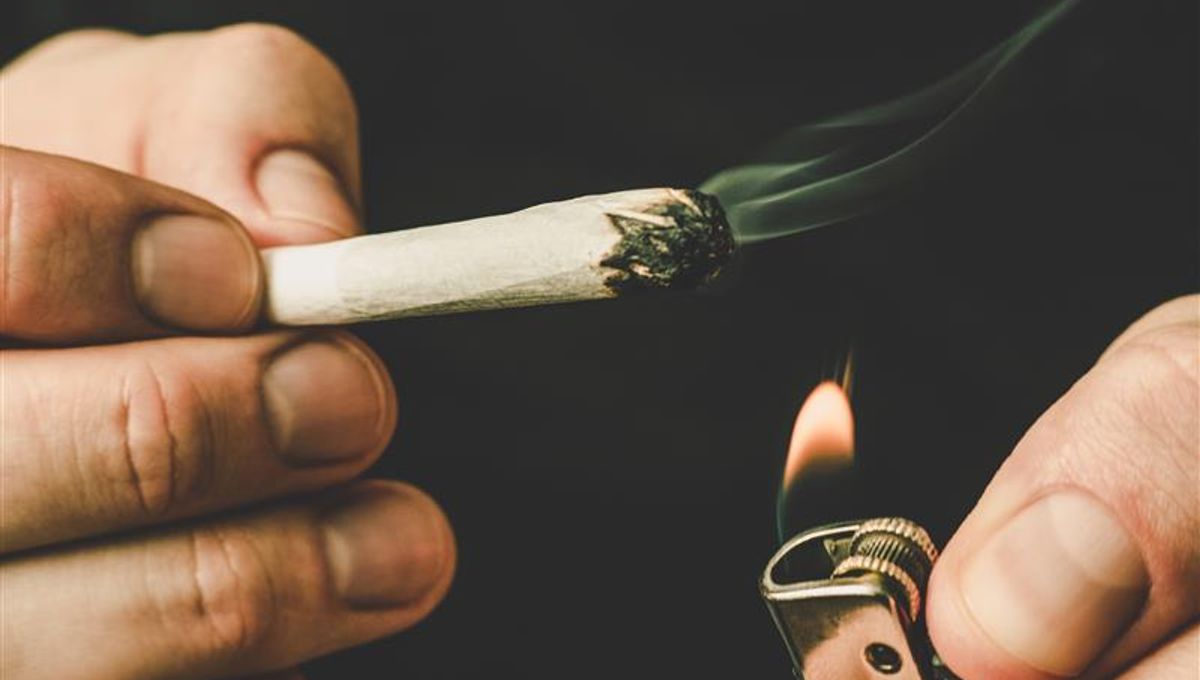
New research shows that the overall use of cannabis across the US has been increasing since 2013, but not so much among teenagers.
Cannabis use remains a controversial topic. Approximately 200 million people use the drug worldwide, and it is the most popular psychoactive substance in the US.
Over the last few decades, changes in the social perception, state legislation, and its decriminalization have helped it become more accepted among the population.
However, despite cannabis having potential health benefits in some contexts, its adverse effects continue to cause concern among researchers and health professionals. At the same time, different demographic groups are known to use cannabis more than others, which may mean they are at greater risk of its negative health effects.
To understand who is using cannabis and the extent to which trends have changed across time, researchers from the University of Kentucky and the University of Louisville looked at data for over 500,000 people in time periods between 2013 and 2019, and 2021 and 2022.
The data was drawn from the National Survey on Drug Use and Health. Unfortunately, the COVID-19 pandemic disrupted the gathering of survey information for 2020, so the researchers’ ability to precisely estimate behavioral differences in this period was greatly limited. As such, data for this year was not included in the study.
The team measured trends in current cannabis use, which was defined as any use of the drug in the previous 30 days before filling out the self-report survey. They also assessed the prevalence patterns and trends in use by demographic groups, based on age, gender, and race and ethnicity, as well as educational attainment and participants’ total annual family income.
Interestingly, the results showed that teenagers’ use had remained stable during the periods assessed, while the overall use of cannabis across other demographics increased.
“We found that cannabis use increased from 2013 to 2019 as well as from 2021 to 2022, with the prevalence in 2020 falling within this trend,” the team write in their paper.
“The prevalence of cannabis use did not change among youth over time. While prior research involving predominantly youth samples suggests that the prevalence of cannabis use is increasing and that this uptick is correlated with increasing age, our study provides a different perspective.”
There could be multiple reasons for this trend. Firstly, the data for the “youths” in this study bunched individuals from 12 to 17 years of age into a single category. If this information could be disaggregated, it could reveal changes between younger and older teenagers as they progress through their school years.
At the same time, changes in the legalization and decriminalization of cannabis use in the US may have contributed to this situation. This is because dispensaries for recreational use are forbidden from selling to anyone under the age of 21, a rule that appears to have largely been enforced.
But while teenagers may not be using cannabis at an increased rate, that is not the case for other demographics. The team found that young adults aged between 18 and 25 had consistently higher odds of current cannabis use compared to other groups, and its overall use rose for adults between 26 and 64 years of age.
“For race and ethnicity,” the authors write, “cannabis use increased among Hispanic and non-Hispanic White respondents across time from 2013-2019 and 2021–2022.”
“Although the prevalence of use was generally not higher than their non-Hispanic Black and non-Hispanic multiracial counterparts, this rise in use, especially among Hispanic respondents, is noteworthy.”
The study also showed that people with higher socioeconomic status are increasingly using cannabis. The use among people in higher-income households and those with college degrees had significantly increased. In 2013, only 4 percent of people with college degrees used cannabis, but this had risen to just under 13 percent by 2022. Similarly, those living in households that earned $75,000 or more per year rose from just under 6 percent in 2013 to 13 percent in 2022.
“Our results suggest additional efforts are needed to better understand factors leading to increases in cannabis use in the US,” the team conclude.
“Although some people may use cannabis for its therapeutic effects, it is difficult to overlook the potential harms of use, especially among at-risk populations.”
Aside from the disruptions to the data caused by the pandemic, the study has a few notable limitations. This includes the fact that the data was self-reported, which could make it biased. The study also neglected questions surrounding sexual orientation because the data for this factor was not gathered in the 2013 and 2014 surveys.
Nevertheless, the results do show how cannabis use has shifted across time and among different demographics.
“In addition, given the changing landscape in US cannabis legalization, and associated knowledge, attitudes, and beliefs about cannabis,” the team argue, “educational campaigns are needed to address the harms associated with increased cannabis use among youth and adults.”
The study is published in Drug and Alcohol Dependence Reports.
Source Link: Cannabis Use Is Rising Across The US, But Teens Seem To Be Bucking The Trend